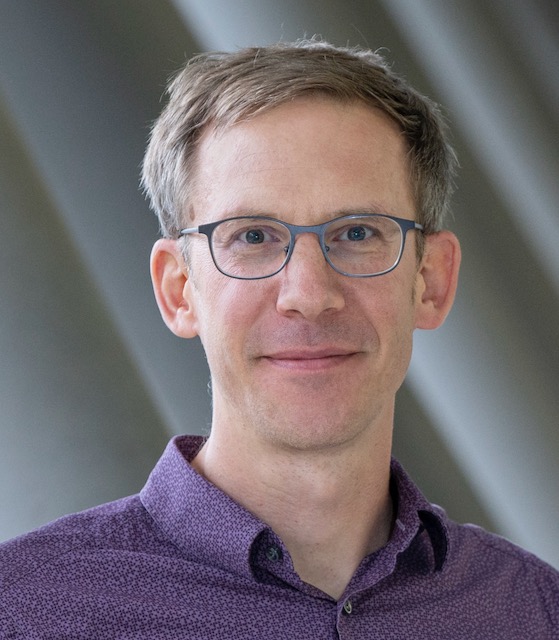Technology • Optomechanics and Software
Our group constantly develops new technology that is crucial for our quantum gas experiments. Efforts range from implementing novel optical schemes over programming experimental control hardware to logging of environmental parameters. Some examples are shown below, more can be found on site in our secret prototyping lab…
#1 : Experimental control system – The Matrix

The backbone of all of our experiments is a robust and versatile experimental control system. We call it "The Matrix", since this is what you see as graphical user interface. Programmed in C++, this software package handles the communication and all timings with all our lab hardware such as analog and digital channels, frequency and current sources, or cameras. This software package is now used in multiple groups led by our former PhD students or postdocs.
#2 : Transport of atoms with a tunable lens

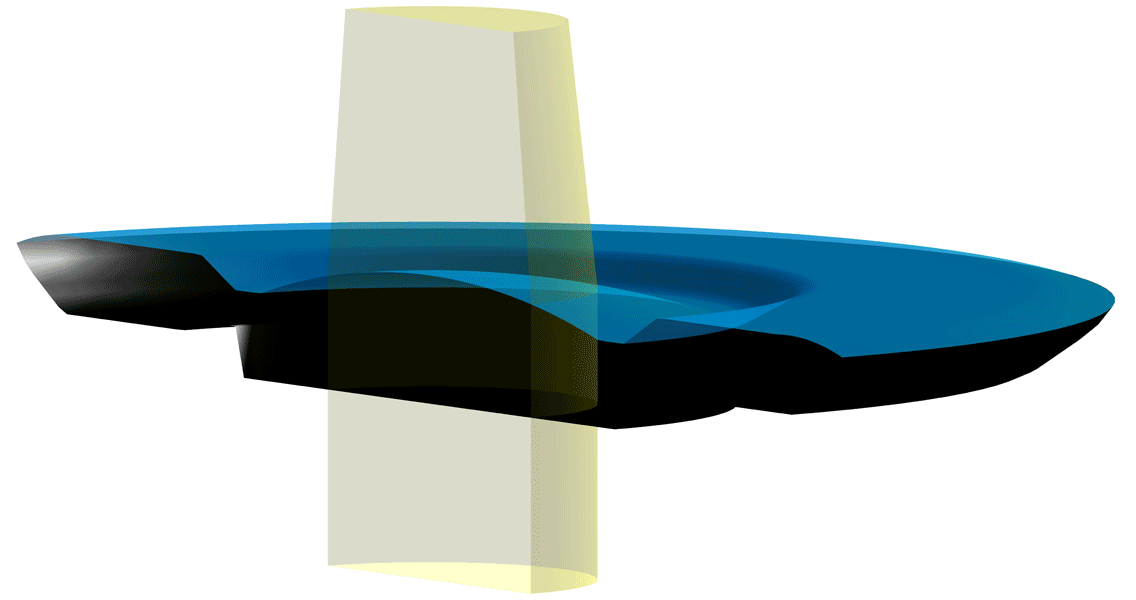
(courtesy of Optotune)
One major technological challenge in quantum gas experiments is that one often needs to transport the fragile atomic gas from the vacuum chamber it was produced to a vacuum chamber optimized for the science. Typically, this is achieved by translating the focus of a dipole trap with the help of a lens that is moved on a bulky mechanical translation stage. For our impact experiment, we developed a novel optical scheme which is based on a lens whose focal length can be electrically tuned. The basic scheme is published (New J. Phys. 16 (2014) 093028), has been optimized to perfectness and is now robustly delivering atoms into our cavities.
#3 : Transfer cavities
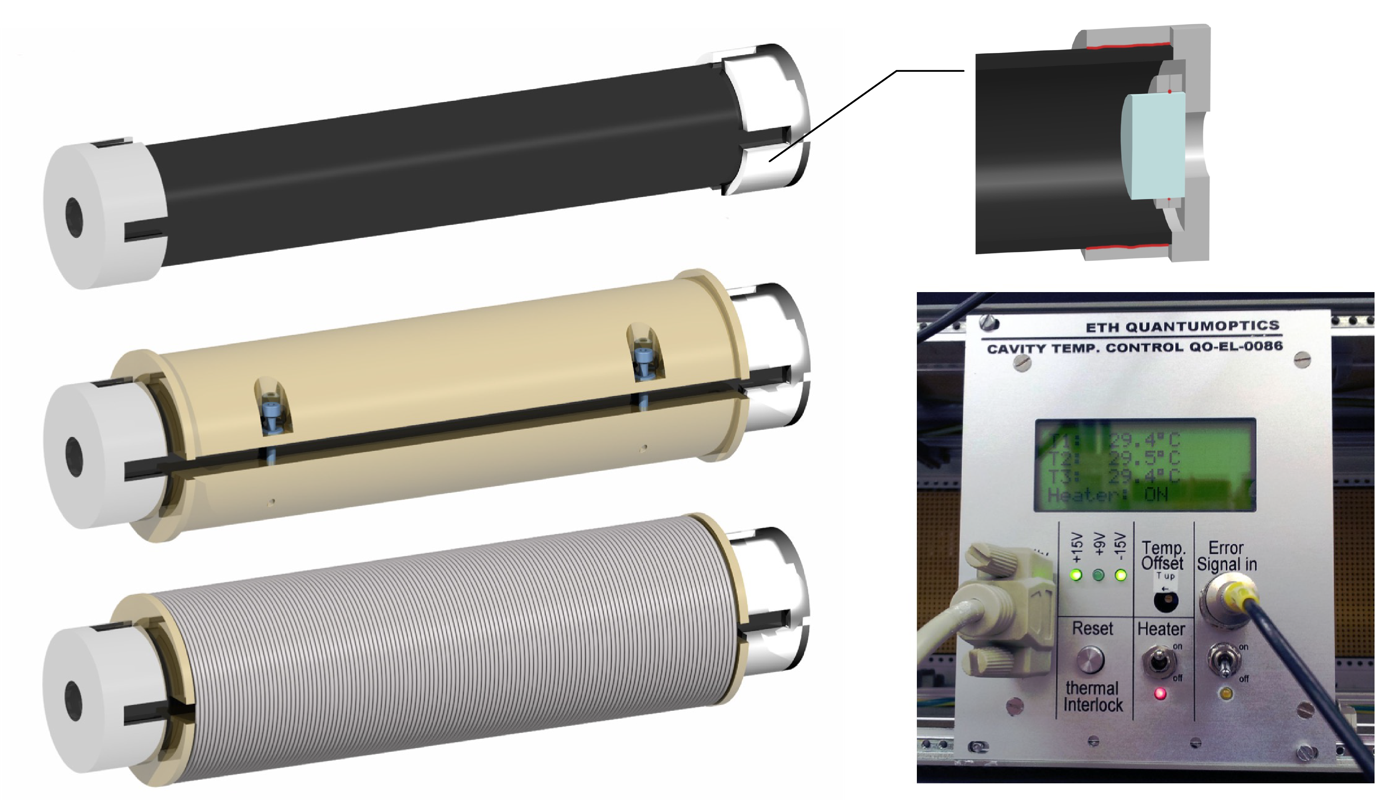
Dealing with multiple lasers at diverse wavelengths also means to develop schemes to lock their absolute and relative frequencies. The workhorse here is a transfer cavity, an optical resonator which is simultaneously resonant with different optical wavelengths. However, the relative stability of the lasers locked to that transfer cavity is only as precise as this cavity is stable. To shield our transfer cavities from environmental noise sources we developed schemes based on carbon-fiber reinforced mirror spacers with practically zero thermal expansion coefficients, efficient vibration isolation stages, and enclosed the cavities in vacuum systems.
#4 : Monitoring environmental parameters - Envico
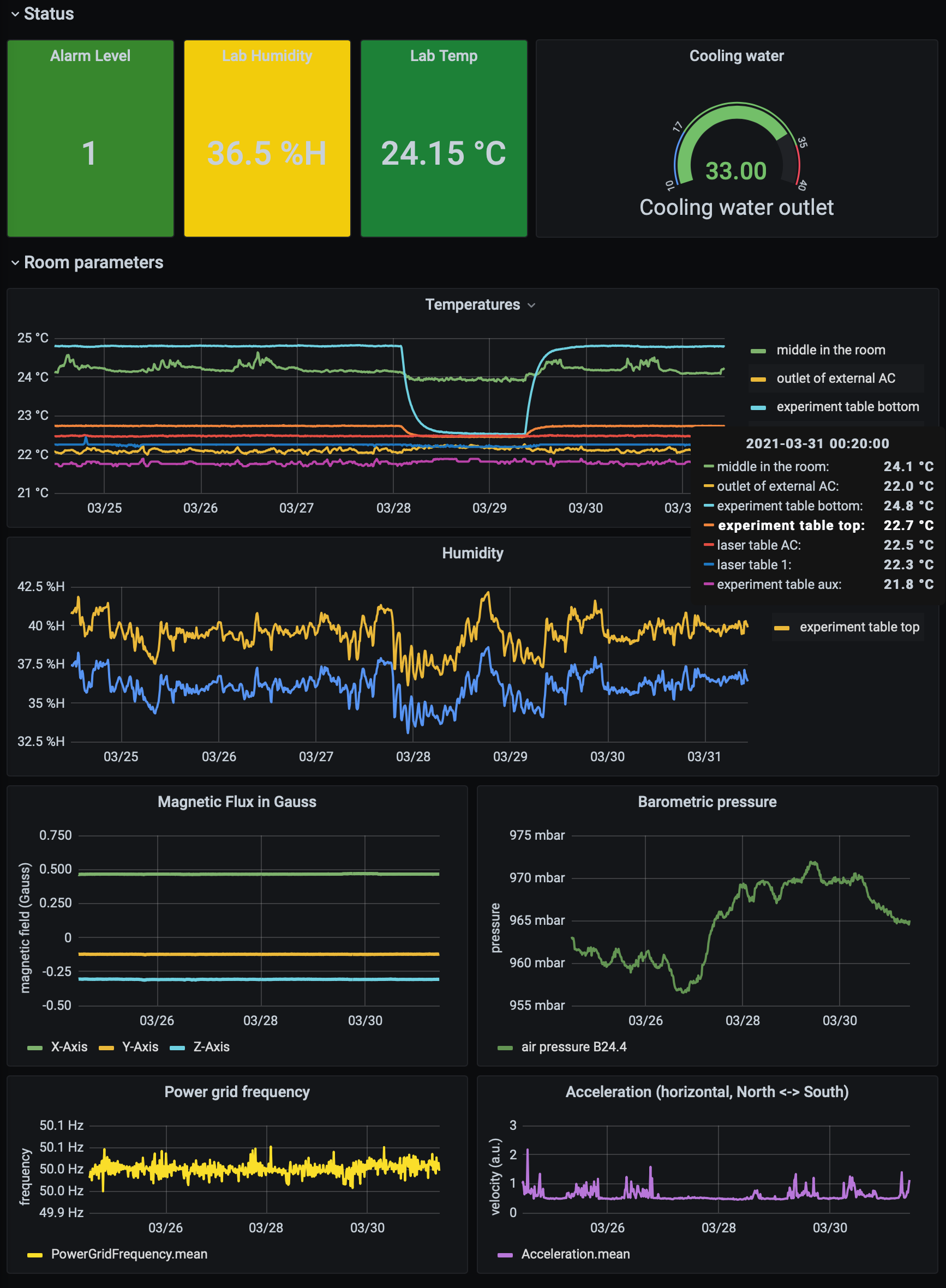
You can build the nicest experiment – at the end it is often limited by fluctuations of the environmental parameters. Be it the humidity in the room influencing your laser, a temperature drift misaligning your optical path, or an unwanted magnetic field shifting atomic levels around. In order to disentangle these influences and to understand what we have to fight against, we developed the environmental logging scheme called envico. Now a plethora of sensors in all our labs are constantly monitoring air and water flow, humidity, temperatures, magnetic field, vibrations, voltages, pressures, and many more parameters. The data is stored in a data base and conveniently accessible via a website running grafana. This system also acts as interlock shutting down the experiment in case something goes wrong and sends alarms to the users. A video of an early version is shown here.
#5 : UHV transfer system
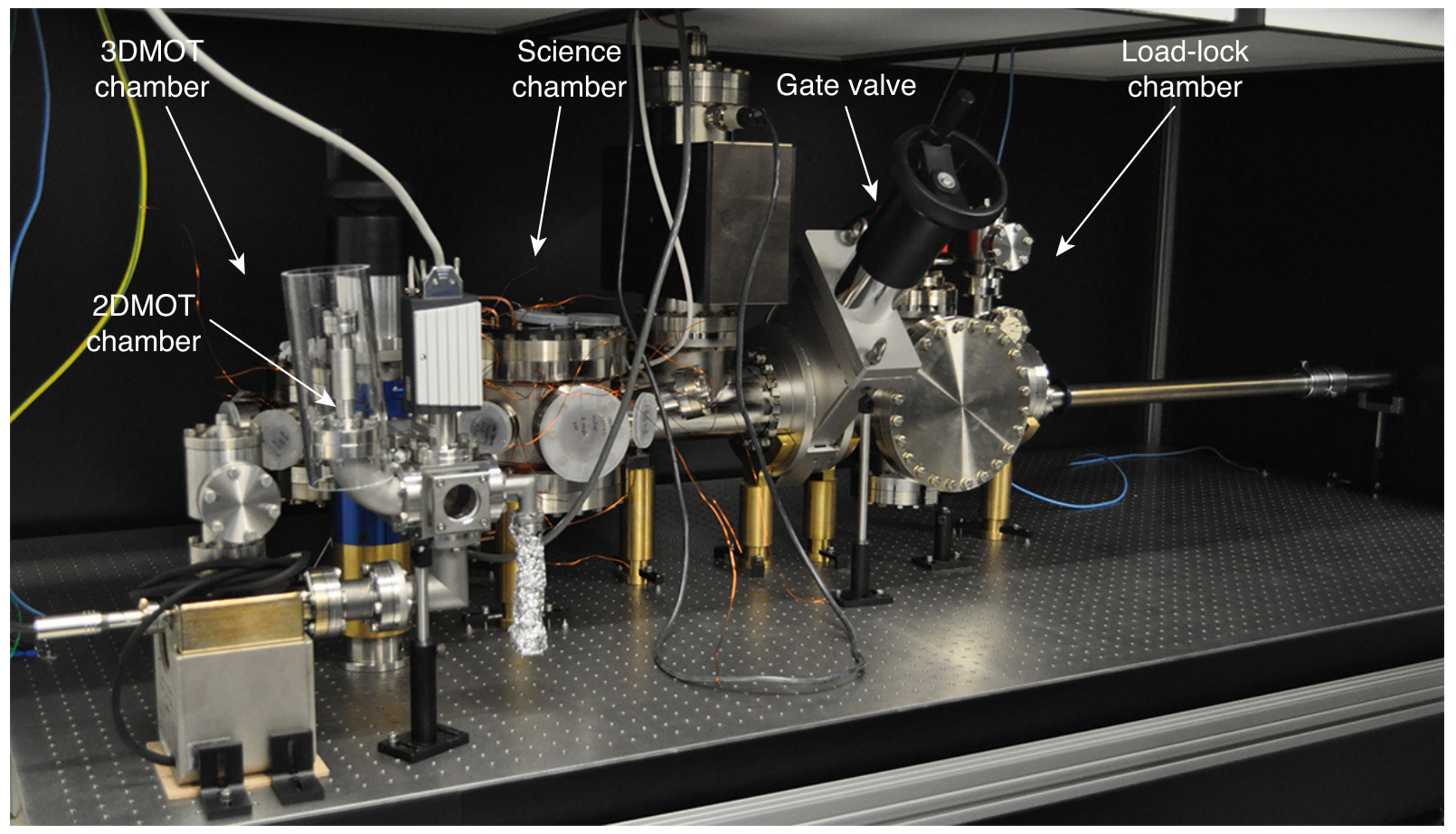
Getting a quantum gas into an optical cavity comes with some overhead. It is all more disappointing if you at the end figure out you would like to change the cavity that is now buried in the UHV chamber. To facilitate this process, we introduced the concept of UHV loadlocks to ultracold atoms. In our impact experiment, a sledge carrying the cavities and accompanying optics can be exchanged without breaking the vacuum of the main chamber. A transfer rod allows to pull this sledge from the main vacuum into a loadlock chamber which is separated by a gate valve. A video of the bare vacuum system shows the principle.
Contact
